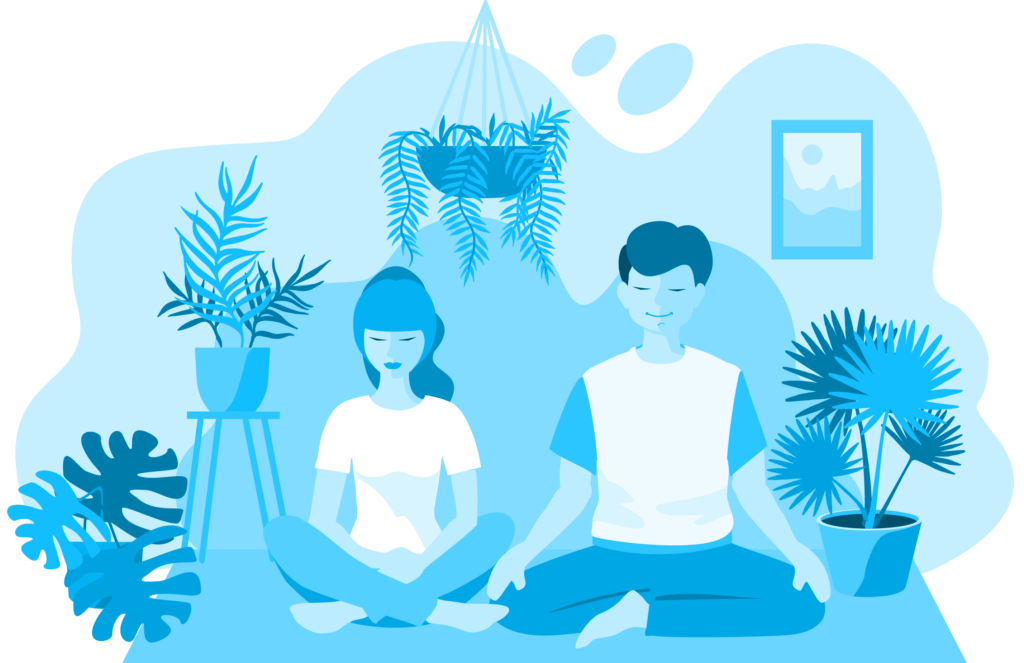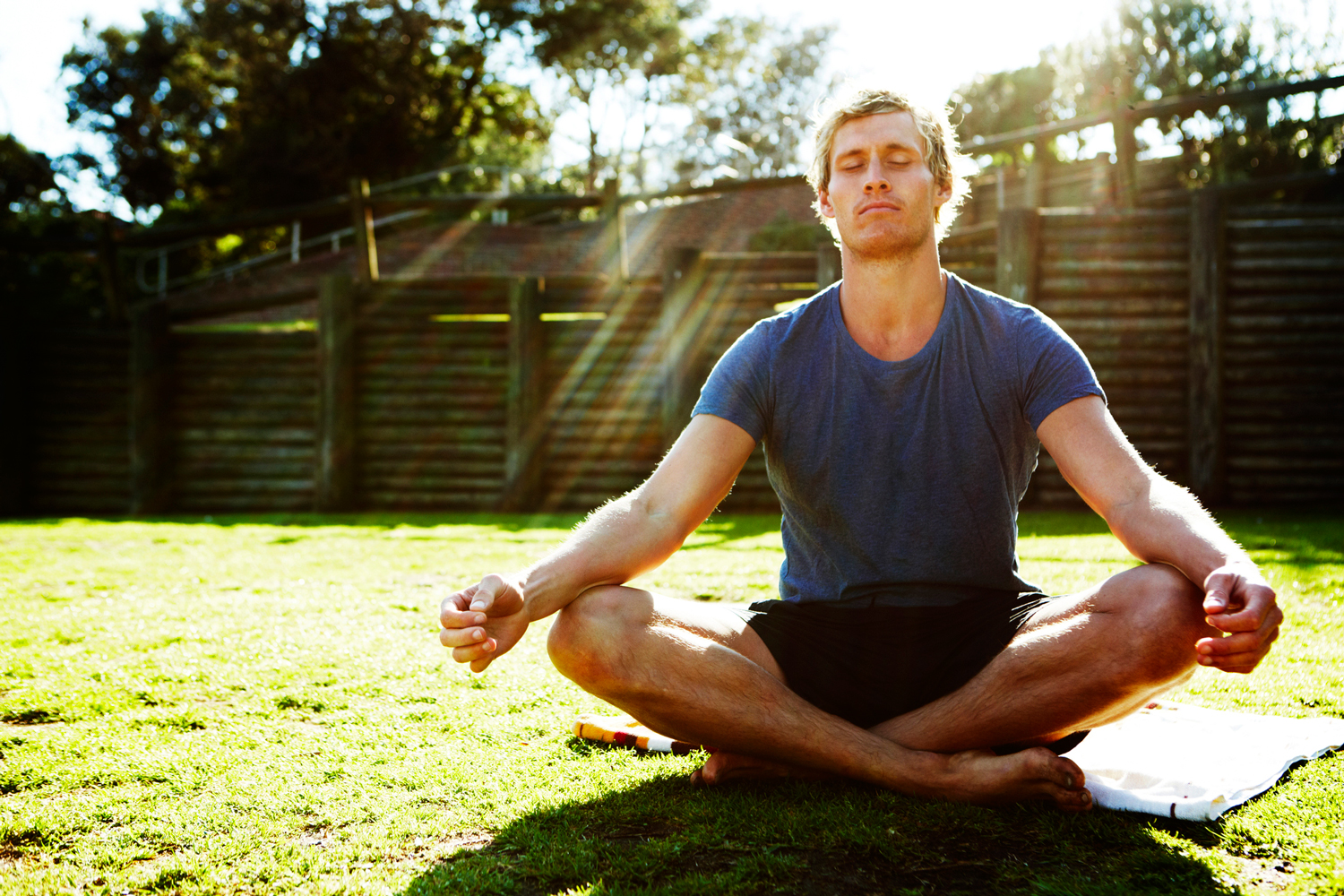A Step-by-Step Approach on How to Meditate? for Anxiety Relief
A Step-by-Step Approach on How to Meditate? for Anxiety Relief
Blog Article
How to Meditate: A Detailed Method to Getting Mindfulness and Calm
Meditation serves as a powerful tool for achieving mindfulness and emotional calm in a fast-paced world. By comprehending the fundamental principles and methods included in meditation, individuals can grow a technique that boosts their total health.
Recognizing Meditation
Comprehending reflection entails grasping its fundamental concepts and techniques, which offer as the foundation for the method. At its core, meditation is a mental workout intended at promoting relaxation, constructing internal power, and establishing empathy and insight. The technique urges individuals to focus their focus, frequently through strategies such as deep breathing, visualization, or rule repeating.
Meditation can be categorized right into different styles, consisting of mindfulness, transcendental, and loving-kindness meditation, each with distinct functions and approaches. Mindfulness reflection highlights present-moment awareness and non-judgmental monitoring of sensations and thoughts, while transcendental reflection involves making use of certain mantras to go beyond normal mind. Loving-kindness reflection concentrates on developing an attitude of love and compassion towards oneself and others.
Regardless of the method used, the key goal continues to be constant: to grow a deeper understanding of the mind and its patterns. This self-awareness cultivates psychological durability, quality of thought, and an extensive sense of calmness (How to meditate?). By understanding these principles and methods, individuals prepared for an effective meditation practice that can significantly improve their total well-being
Planning For Your Practice
Prior to beginning your meditation technique, it is vital to develop an atmosphere helpful to concentrate and relaxation. Select a silent space where you are unlikely to be interrupted. This can be a corner of a space, a yard, or any location that stimulates a feeling of tranquility. Guarantee that the area is tidy and complimentary of clutter, as a clean environment can aid get rid of the mind.
Consider the lights, as natural light can enhance your mood and energy. Soft, warm lighting is frequently much more soothing than extreme fluorescent lights. Additionally, choose a comfy temperature level, making sure that you are neither too hot neither too cool.
Integrating aspects that promote serenity can even more enhance your experience. This could consist of soft paddings or coverings for comfort, as well as calming scents from vital oils or scent. It can likewise be useful to have a timer set for your reflection session to avoid disturbances from clock-watching.
Standard Meditation Methods

One more efficient strategy is body scan meditation. This includes emotionally checking your body from head to toe, noticing any type of locations of stress or pain and knowingly kicking back those muscles. This technique fosters a deeper connection between your body and mind.

Last but not least, loving-kindness meditation concentrates on growing compassion towards yourself and others. Silently repeat phrases of a good reputation, improving emotional health and interconnectedness. Each of these methods acts as a structure for your meditation trip, enabling you to find the approach that resonates finest with your individual practice.
Keeping Focus and Mindfulness

Developing a dedicated reflection room can boost the capacity to visite site keep mindfulness. A silent, clean atmosphere lessens diversions, permitting deeper immersion in the practice. Additionally, establishing a time frame can aid take care of assumptions; starting with shorter sessions might reduce the shift into longer practices.
Utilizing strategies such as body scanning or observing experiences can likewise reinforce mindfulness. These methods urge professionals to stay present and involved with their physicality, anchoring their attention in the minute. Routine practice is crucial; the mind develops resilience with click this site time, developing a more powerful capacity for focus.
Incorporating Meditation Into Day-to-day Live
Integrating meditation right into life can transform regular activities right into chances for mindfulness and self-reflection. By integrating mindfulness techniques into usual tasks, people can cultivate a greater feeling of presence and peace amidst the numerous hours of everyday life.
Begin by recognizing moments throughout your day where you can exercise and stop briefly mindfulness. During your early morning commute, focus on your breath or the experiences of the atmosphere around you. In the cooking area, approach food preparation as a meditative method, savoring the structures, shades, and scents of the active ingredients. Even ordinary tasks like strolling or cleaning dishes can become opportunities for meditation by routing your interest to the feelings of movement and the audios bordering you.
Furthermore, alloting specialized times for reflection can enhance its technique. Start with short sessions, gradually enhancing duration as you end up being a lot more comfortable. Usage suggestions or signs-- like a specific time of day or a calming sound-- to establish consistency.
Eventually, the objective is to weave mindfulness into the fabric of every day life, allowing you to come close to each minute with objective, thus enhancing your overall sense of wellness and clearness.
Final Thought
To conclude, effective reflection needs a peaceful environment, a comfy position, and a concentrate on the breath. By permitting thoughts to arise without judgment and consistently rerouting interest to the breath, specialists can attain improved mindfulness and serenity. Integrating numerous methods, such as body scanning and loving-kindness expressions, can additionally enrich the technique. Routine meditation, also briefly sessions, cultivates a much deeper connection to the Get the facts existing moment, inevitably causing greater calmness and mental clearness in daily life.
Reflection can be categorized into numerous styles, consisting of mindfulness, transcendental, and loving-kindness reflection, each with distinct functions and techniques. Mindfulness meditation emphasizes present-moment understanding and non-judgmental observation of feelings and ideas, while transcendental reflection entails the use of certain rules to transcend ordinary idea procedures.With your meditation area prepared, it's time to explore different standard meditation techniques that can assist grow mindfulness and internal tranquility.Consistently preserving emphasis and mindfulness throughout reflection can be tough, especially for those new to the method.Developing a committed meditation space can improve the capability to keep mindfulness.
Report this page